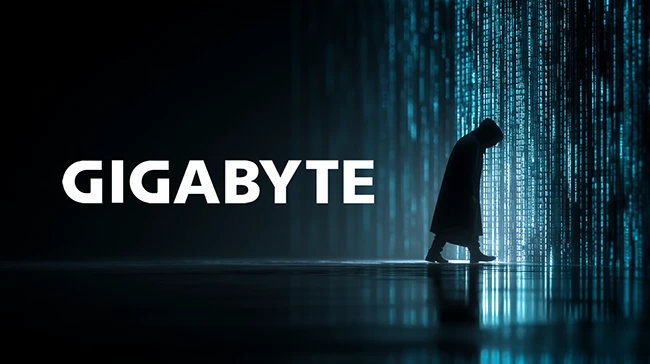Gigabyte Motherboards Face UEFI Malware Vulnerability Risks
Vulnerabilities in Gigabyte Motherboards
Overview of UEFI Firmware Vulnerabilities
Multiple vulnerabilities have been discovered in UEFI firmware across over 240 Gigabyte motherboard models. These flaws allow threat actors to deploy bootkits, which establish persistence and execute malicious code, potentially compromising the entire system. The vulnerabilities were identified by Binarly and reported to Carnegie Mellon CERT/CC. The four critical vulnerabilities are tracked as CVE-2025-7026, CVE-2025-7027, CVE-2025-7028, and CVE-2025-7029.

Image courtesy of TechRadar
Details of Vulnerabilities
The vulnerabilities stem from issues related to System Management Mode (SMM) processing in UEFI firmware. Attackers with administrative privileges can exploit these flaws to write arbitrary data to System Management RAM (SMRAM), thereby bypassing traditional security mechanisms like Secure Boot.
Gigabyte's firmware implementations have not fully integrated patches that were initially provided by American Megatrends Inc. (AMI). As a result, these vulnerabilities remain unaddressed, especially on older motherboard models that have reached end-of-life status.

Image courtesy of Help Net Security
Technical Analysis of Vulnerabilities
These vulnerabilities allow unauthorized access to critical firmware features and can lead to the installation of persistent malware. Below is a summary of the vulnerabilities:
| CVE ID | Vulnerable Component | Attack Vector | Impact |
|---|---|---|---|
| CVE-2025-7029 | Power/Thermal Config | Unchecked RBX register pointer | Arbitrary SMRAM writes |
| CVE-2025-7028 | Flash Service SMM | Function pointer corruption | Control over flash operations |
| CVE-2025-7027 | NVRAM Service SMM | Double pointer dereference | Arbitrary SMRAM writes |
| CVE-2025-7026 | Power Management SMM | Unchecked RBX pointer | Write to attacker-specified SMRAM locations |
Recommendations for Users
Users are advised to check whether their motherboard models are affected and to apply firmware updates where possible. Unfortunately, many affected models will not receive patches due to their end-of-life status. The lack of updates leaves these devices vulnerable indefinitely, as noted by industry experts.
Organizations should implement regular firmware update policies as part of their vulnerability management programs. These updates are critical for maintaining security, especially in high-risk environments.

Image courtesy of Blogger
Conclusion on UEFI Malware Risks
With the threat of UEFI-level malware bypassing Secure Boot, users must remain vigilant. The vulnerabilities discovered in Gigabyte motherboards could allow attackers to gain undetectable control over systems. As the security landscape evolves, it is imperative to maintain awareness and proactively manage firmware updates.
For those concerned about their security posture, exploring our services at Gopher Security can provide valuable insights and solutions.

